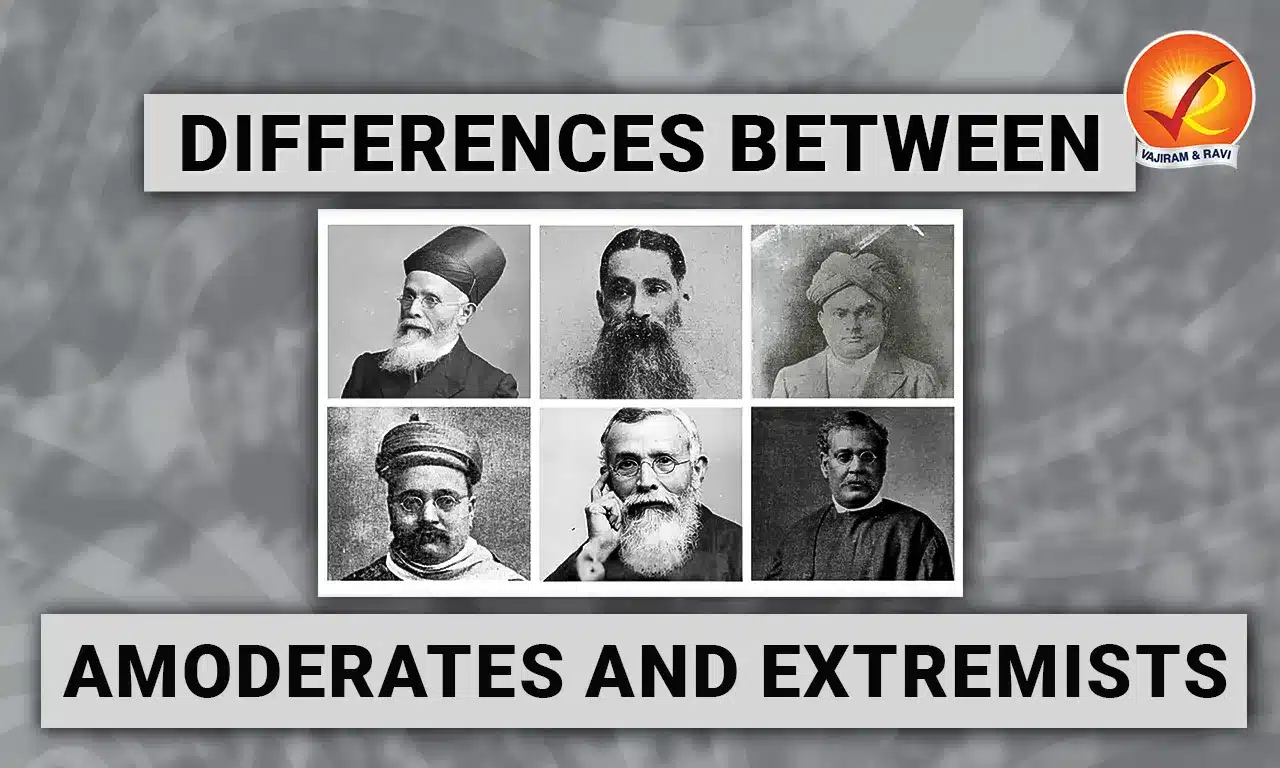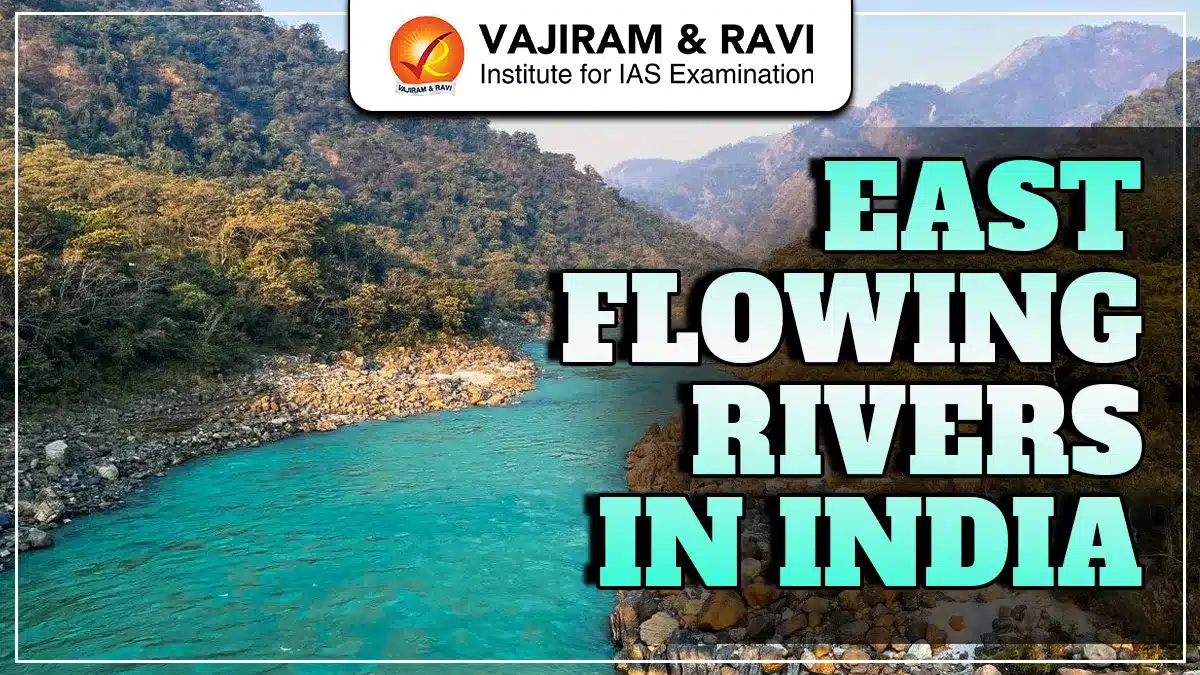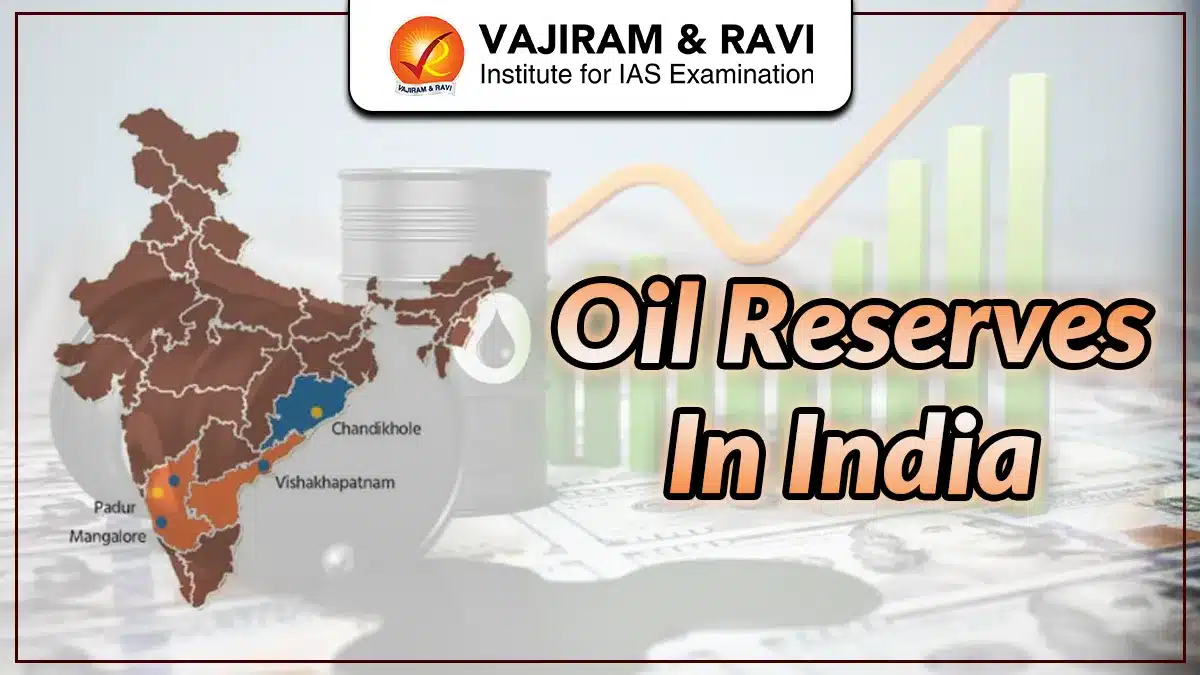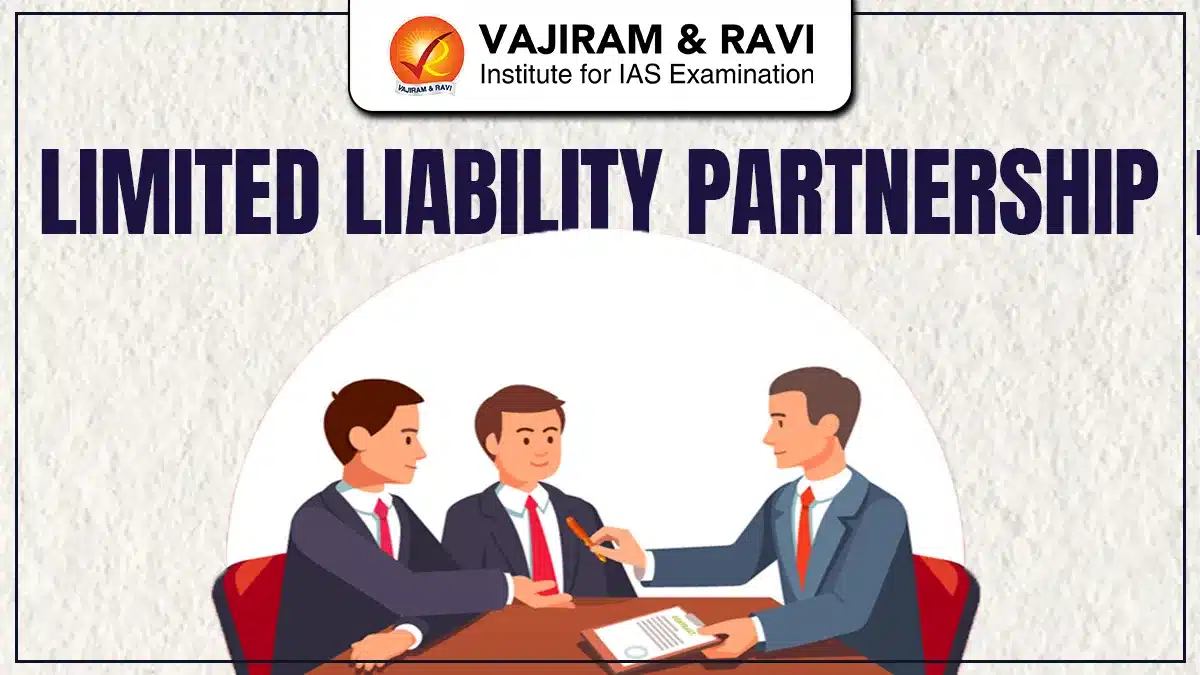The Indian National Congress saw two dominant ideologies during the freedom movement Moderates and Extremists. From 1885 to 1905, the Moderates, which was led by Dadabhai Naoroji and Gopal Krishna Gokhale relied on petitions, speeches, and dialogue with the British. But as their approach yielded limited results, and with the partition of Bengal in 1905, a more assertive and required mass participation. This marked the rise of the Extremists, whose influence grew from 1905 to around 1920.
Moderates
The Moderates was an ideology adopted during the early phase of the Indian National Congress (1885-1905). They believed in dialogue, diplomacy, and gradual reform. Leaders like Dadabhai Naoroji, Gopal Krishna Gokhale, and M.G. Ranade represented this group. Moderates relied on methods suggested by the constitution, petitions, resolutions, meetings, and deputations to bring changes and reform. They believed that the British government would listen to reason and introduce policies beneficial to Indians.
Efforts by Moderates included demands for civil rights, expansion of the legislative councils, reduction in military expenditure, and greater Indian participation in administration.
However, their soft approach and slow progress frustrated the younger generation of nationalists, who later became the Extremists.
Extremists
The Extremists came into existence around 1905, during the Swadeshi Movement, which was sparked by the partition of Bengal. Leaders like Bal Gangadhar Tilak, Bipin Chandra Pal, and Lala Lajpat Rai believed in direct action and mass mobilisation.
They rejected the idea of pleasing the British and called for immediate self-rule (Swaraj). Extremists believed that real change could only come through boycotts, protests, strikes, and public movements. Their ideology was based on cultural rebirth, self-reliance, and inspiring national pride.
Unlike Moderates, the Extremists did not hesitate to criticise British rule openly and encouraged people to take pride in India’s heritage and fight for independence.
Difference Between Moderates and Extremists
Evolution of both Moderates and Extremists within the Indian National Congress reflected the political awareness which grew among Indians. Moderates aimed to bring about change through gradual reforms and cooperation with the British, whereas Extremists pushed for direct action and a stronger stance against colonial rule. The table below discusses the Difference Between Moderates and Extremists in a comparison manner to understand the two approaches in an easier manner.
| Difference Between Moderates and Extremists | ||
| Feature | Moderates | Extremists |
|
Time Period |
Dominated from 1885 to 1905 |
Prominent post-1905 |
|
Key Leaders |
Dadabhai Naoroji, G.K. Gokhale, M.G. Ranade |
B.G. Tilak, Lala Lajpat Rai, Bipin Chandra Pal |
|
Approach |
Constitutional and peaceful |
Assertive and confrontational |
|
Aim |
Reforms within British rule |
Complete Swaraj (Self-rule) |
|
Methods Used |
Petitions, resolutions, public meetings |
Boycotts, Swadeshi, strikes, protests |
|
Public Participation |
Limited mass involvement |
Encouraged mass mobilisation |
|
Ideology |
Had faith in gradual progress |
Followed assertive nationalism |
Last updated on January, 2026
→ Check out the latest UPSC Syllabus 2026 here.
→ Join Vajiram & Ravi’s Interview Guidance Programme for expert help to crack your final UPSC stage.
→ UPSC Mains Result 2025 is now out.
→ UPSC Notification 2026 is scheduled to be released on January 14, 2026.
→ UPSC Calendar 2026 is released on 15th May, 2025.
→ UPSC Prelims 2026 will be conducted on 24th May, 2026 & UPSC Mains 2026 will be conducted on 21st August 2026.
→ The UPSC Selection Process is of 3 stages-Prelims, Mains and Interview.
→ UPSC Result 2024 is released with latest UPSC Marksheet 2024. Check Now!
→ UPSC Toppers List 2024 is released now. Shakti Dubey is UPSC AIR 1 2024 Topper.
→ Also check Best IAS Coaching in Delhi
Difference Between Moderates and Extremists FAQs
Q1. Who were the main leaders of the Moderate group?+
Q2. What triggered the rise of Extremists?+
Q3. What was the goal of the Extremist leaders?+
Q4. Why did Moderates and Extremists split?+
Q5. Did the Moderates contribute to the freedom movement?+

















